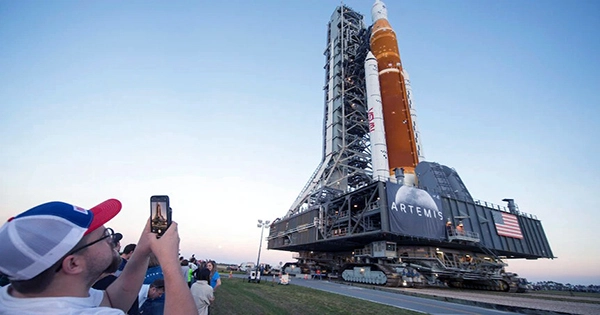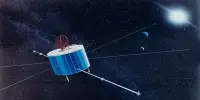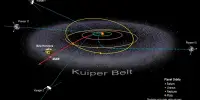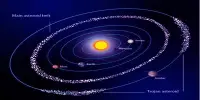The NASA Artemis I rocket’s successful Moon launch has been hailed by the UK Space Agency.
On November 16, at 6:47 a.m., the Artemis 1 Space Launch System (SLS) launched from the Kennedy Space Center in Florida, propelling the unmanned Orion spacecraft toward the Moon with the help of the European service module that houses Orion’s engines.
Due to technical difficulties, the event was rescheduled for the initial planned date of August 29 and a second attempt on September 3. In order to escape Hurricane Ian, the rocket was then rolled back from the launchpad.
Through the European Space Agency’s (ESA) Human and Robotic Exploration Programme, the UK is a participant in the NASA-led Artemis mission, which will eventually see people return to the Moon.
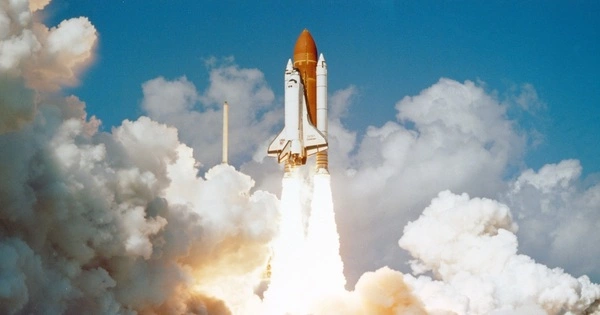
ESA is a crucial collaborator in the Artemis program, providing the European Service Module for Orion and components for the Lunar Gateway that orbits the moon.
Libby Jackson, the UK Space Agency’s Head of Space Exploration, said:
The launch of the Artemis 1 mission marks a watershed event for the global space community and opens the door for a future lunar landing.
We are happy to be a part of the European Space Agency (ESA), which is supporting this mission with the Orion service module, and we anticipate seeing the UK directly involved in the Lunar Gateway project, which is now under development as part of ESA’s exploration programme.
It’s particularly fascinating to note that this mission is being followed in the UK from Cornwall’s Goonhilly Earth Station, which represents a significant advancement in the UK’s ability to provide commercial lunar communications.
As the next phase of human space exploration begins with the Artemis programmer, we anticipate continuing to be involved.
National Space Champion David Morris, MP, said:
Gene Cernan, who was the last man to walk on the Moon, told me that one day we will return, and I’m proud to say the UK will have a part to play in that return by contributing to the Artemis programme nearly half a century after Gene left the surface of the Moon.
The UK will play a key role in developing the Lunar Gateway. Businesses all across the UK will be involved in building the service module and habitation module of a new space station to orbit the Moon, generating economic benefits and high-skilled jobs demonstrating the UK’s prominence and prestige in the international space programme.
NASA’s Artemis programme is currently on schedule to land the first woman and the next man on the Moon by 2025 and international partners will collaborate to achieve a sustainable presence on the lunar surface as an envisaged steppingstone to the first human mission to Mars.
Experts at the Goonhilly Earth Station in Cornwall will provide operational support throughout the Artemis 1 test mission, assisting in the tracking of the spacecraft and up to six of its ten satellite payloads while in orbit.
Matt Cosby, Chief Engineering Officer at Goonhilly Earth Station, said:
We look forward to contributing to this iconic mission from here in the UK.
Goonhilly played a role in distributing the Apollo Moon landing footage back in 1969; we’re now taking one step further and contributing to humanity’s return to the Moon.
Supporting Artemis is a fantastic way to further demonstrate our capabilities as we continue to expand our deep space commercial services.
In order to prepare for the crewed Artemis 2 mission to the Moon, the SLS systems will all be tested during the Artemis 1 mission. Among other things, it will show Orion’s heatshield under lunar entrance circumstances, operate systems in the flight environment, and retrieve spacecraft.
The mission is anticipated to last 25 days, which will include the outgoing transit, the trip around the Moon, and the satellite deployment. After that, there will be a return transit, and the spacecraft will splash down in the Pacific Ocean in December.
The first crewed Artemis mission is scheduled to launch in 2024, and the first Artemis astronauts are anticipated to touch down on the moon in 2025.
The Lunar Gateway, a new space station where astronauts would be able to live and work, will be built as part of the Artemis program, which is named after the Greek goddess of the Moon and sister of the deity Apollo, namesake of NASA’s first Moon missions.
Imperial College London and Thales Alenia Space UK (TAS-UK), with support from the UK Space Agency, will make significant contributions to the construction of the Lunar Gateway.
As a component of the ESA’s European radiation sensors array, the team at Imperial College London is developing the magnetometer sensor that will track cosmic and solar rays. This sensor will support experiments on-board the Gateway to determine how deep space conditions might affect astronauts and equipment.
The ESPRIT refueling module, which TAS-UK is currently building, will allow the spacecraft to safely refuel while in orbit.
